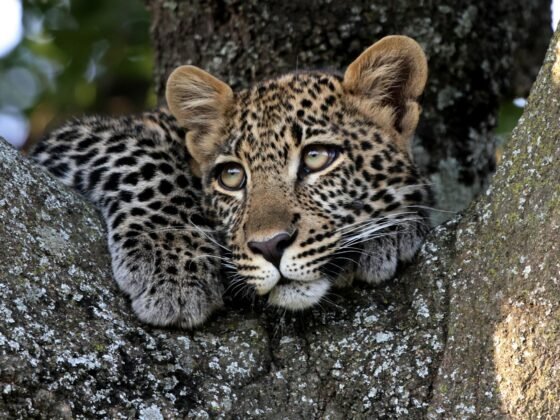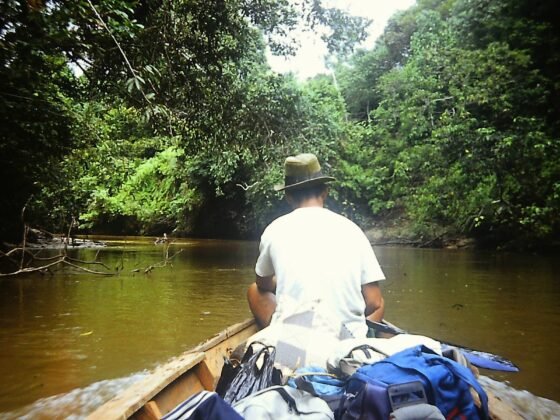Tuscany has long been one of Italy’s, and Europe’s, most popular and beautiful destinations. It was part of the Grand Tour that many young aristocrats were send on during the 18th and 19th Centuries, including Byron and Shelley, and these days its estimated that the population of Florence more than doubles during the busy summer tourist season.
There are, however, parts of Tuscany that you can still visit and get far from the crowds. The cities of Pisa and Sienna, together with their surrounding villages and the Chianti area are all popular, but visit the smaller, picturesque city of Pisa to the north of the province and you will start finding some tranquillity. Lucca’s impressive city walls, chic shopping and atmospheric squares and churches are not its biggest secret. It strands at the head of the Sechio river and follow this upstream and you will find some of the most imposing and unspoilt landscape in Italy.
The Garfagnana is a valley sandwiched between two impressive mountain ranges. To its west lie the Apennines, the long chain that forms a central spine down much of Italy, with peaks over 2,000 metres high. These are old and rounded, slopes of alpine grass meadow that is covered with snow for several months every summer and home to small, ski stations. To the west of the valley lie the Alpi Apuane, the spectacular marble mountain whose exposed quarries glisten in the sun.
The valley itself is still largely wooded, chestnut trees lower down whose nuts have traditionally been an important part of the local diet and beech and oak forest higher up. Small villages, arranged to the outer house walls form a defensive wall for the whole village, perch on hillsides and outcrops. During the summer months each village holds its own festival, ranging from trout to boar to Nutella! Try a visit to Silico and the bandit festival, with the whole village population dressed as outlaws and everywhere lit my flaming torches.
The main town is Castelnuovo Di Garfagnana, a traditional town built around the old citadel. It’s a working town – the weekly market doesn’t sell souvenirs but local produce, clothes and plastic bowls. The cafes don’t have signs in English and the shops are for the locals. Down the valley lies Barga, a more picturesque and historic town set on a hill, its summit crowned with a cathedral and spectacular views out over the valley towards the “Dead Man”, a peak in the Alpi Apuane. Here you can lose yourself in the backstreets, enjoy a latte in a quaint café and stay in one of the small and characterful Albergo that dot the town.
Most people who visit the Garfagnana go to walk or mountain bike, and there are several local adventure companies who can help guide you. There are marked footpaths in both mountain ranges, ranging in difficulty from easy day walks to strenuous “Via ferrata”, with fixed cables to help you. With the network of tracks through the extensive forests it is also an excellent place to mountain bike, a popular choice is to be dropped at the summit of one of the mountain passes out of the valley and enjoy you ride being mostly downhill!
The restaurants are good value and offer excellent local food and there are plenty of Agriturismos – converted barns and rooms on working farms – to stay at and really get an insight into life in this hidden corner of Italy.
Go, before it loses the backwater charm of the real Italy.












